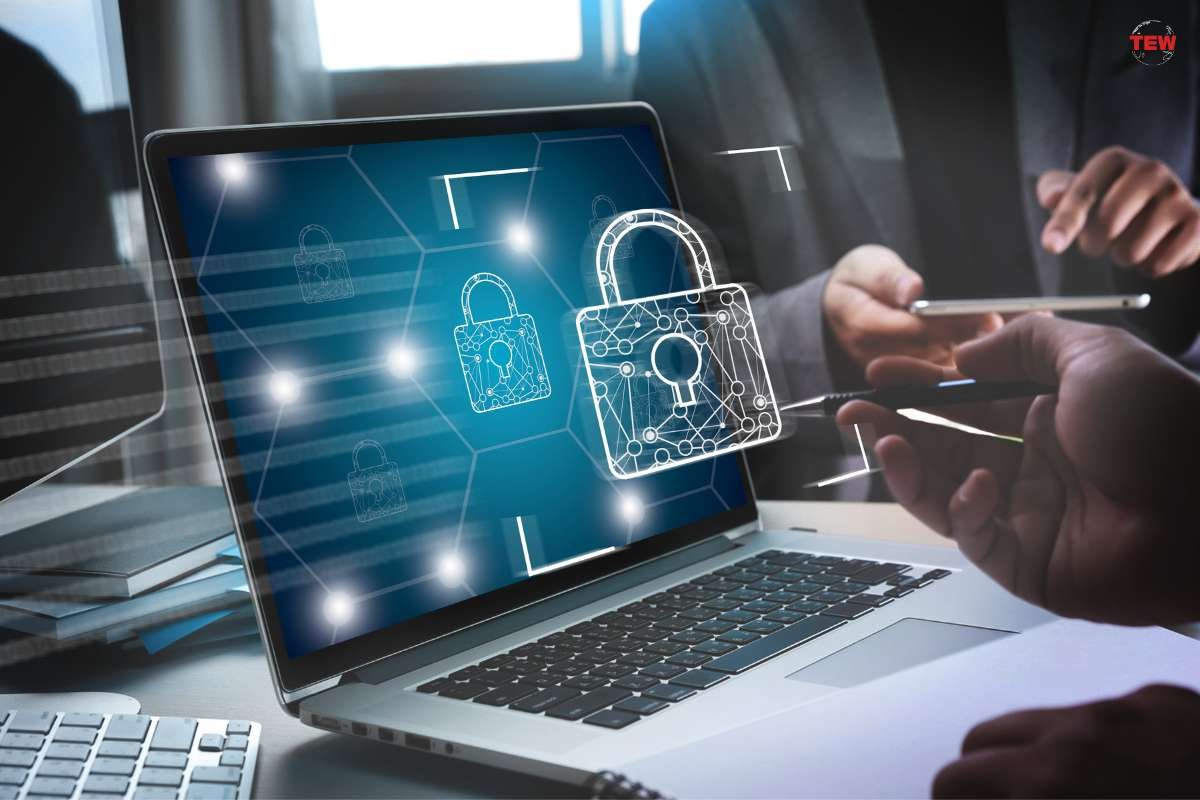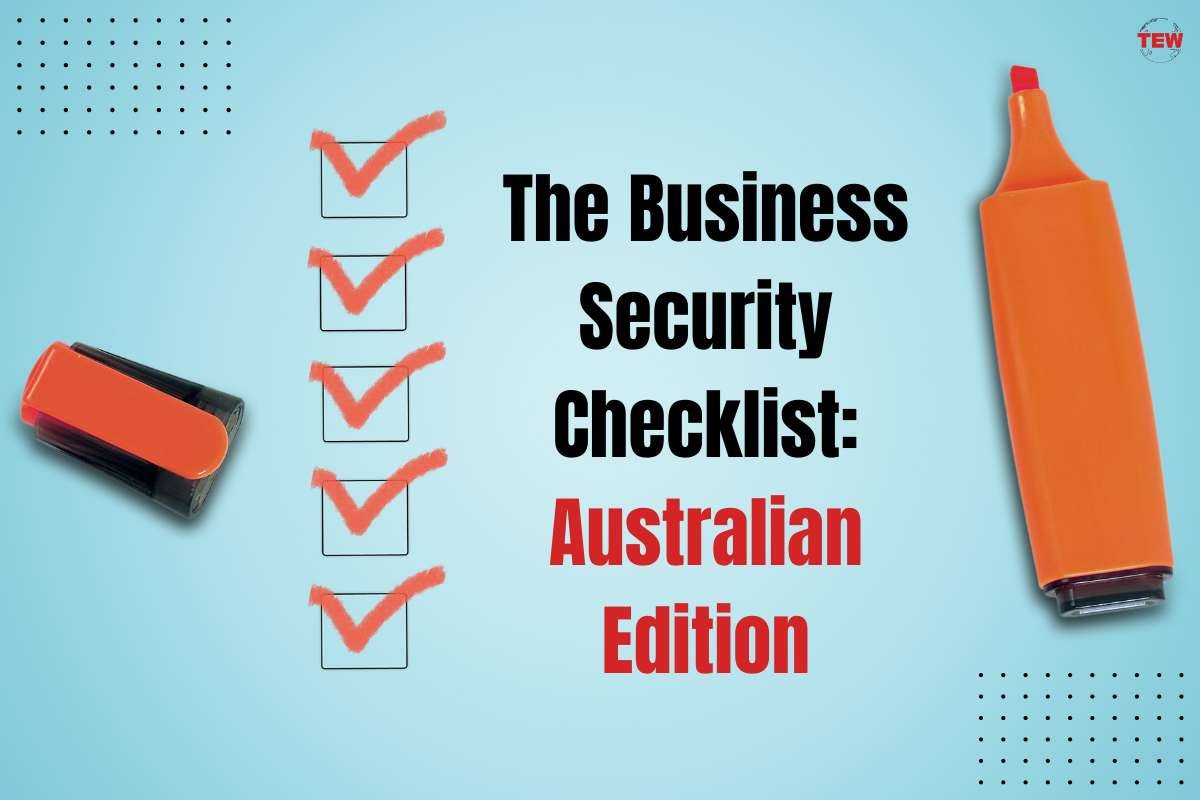Do you own your own business? It can be an extremely fruitful endeavour, with almost unlimited earning capacity, depending on the scale of your enterprise and the growth it experiences. Running a business can be a one-way ticket to success and wealth, but it also comes with stress, responsibility and a duty to your staff. Unlike employment, your earnings depend on the business’s success, and if you employ others, you need to ensure they are happy and productive at work.
And part of being responsible for your business means looking after what matters – such as business security checklist. But business security is a broad spectrum, so what exactly do you need to do? Lucky for you, this helpful article will cover the complete business security checklist. Read on to discover more.
In this article will cover the complete business security checklist:
1. Hire a Security Guard

If you own a brick and mortar premises, such as a retail shop, warehouse, restaurant, car or cafe, you may want to consider a move to hire security guards in Australia, especially when there is more risk of crime such as during the weekend or after hours. For instance, if you own a bar or pub, a security guard presence is essential and may even be a prerequisite of having your liquor licence, depending on the state. Even if you run a retail business, a security guard can deter loss in the form of theft from both members of the public and staff.
2. Invest in CCTV
Another essential form of business security checklist is closed-circuit television systems (CCTV), otherwise known as surveillance systems. A security camera that monitors entrances and exits all day and week-long is an essential investment for any business with physical premises – such as a shop front, office or warehouse.
CCTV systems can capture images of criminals breaking into your office, store or other premises. You can then share the footage with the police, who can investigate and hopefully arrest and prosecute the criminals responsible for the break-in. And, like so many other forms of business security checklist, CCTV systems are an excellent deterrent against crime, and their presence can be enough to turn away would-be burglars who will opt for an easier, softer target.
In addition to being an excellent deterrent and evidence-gathering tool, a business can use CCTV to help solve crimes within the vicinity of the CCTV system by sharing the footage with police. This is a great way to perform your civic duty.
3. Alarm Systems

Another type of business security is alarm systems. These are systems designed to generate an alert if motion is detected in your premises once the alarm has been set upon closing down for the night or if the doors are opened without the alarm is disabled. The security company can then contact you, so you can return to your business to investigate and see if there has been a break-in. In addition to sending an alert to a security company, an alarm system can have a loud klaxon ringing sound which can scare thieves and send them running without their ill-gotten gains.
4. Invest in Cyber Security
Cybersecurity is a term for business security checklist steps related to a company’s internet network systems, such as intranets and connections to the external world wide web. Unfortunately, criminals exist and operate in cyberspace and the physical world. Companies with a high-speed internet connection can be vulnerable to malicious attacks or applications such as spyware, ransomware, viruses, and trojan horses.
Some types of cybersecurity protection and risk mitigation for businesses like yours include antivirus programs, cyber-surveillance tools and firewall software to protect from external threats. These programs can work to stop hackers from gaining access to your systems and viruses from getting through to your network, where they can cause havoc. Ransomware is also a significant security risk these days, as you’ve probably read in the news.
Other types of cybersecurity risk mitigation and prevention can include staff training and education, such as teaching your staff how to identify a phishing email or spot and avoid social engineering actions – which are ways that cybercriminals and scammers can gain information to crack a system or gain privileged information that can aid a cyber attack.
5. Consider a Security Patrol

This tip is for those that own premises such as warehouses where valuable stock is held overnight without a staff presence. A security patrol is a security guard on foot or in a vehicle who can patrol the area around your site to act as a deterrent against nefarious sorts. The guard can then confront suspicious people loitering around your site and even apprehend a thief until the police arrive as backup.
A Secure Summary
This helpful article has covered the complete business security checklist and how you can safeguard your business against physical and digital threats. This list should provide an excellent starting point for business owners looking to protect their assets and business from theft and other threats.




